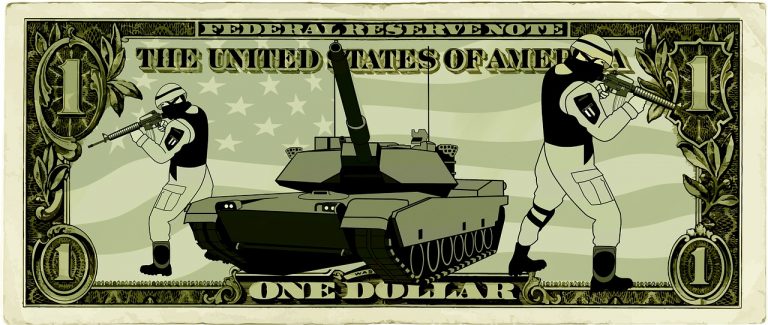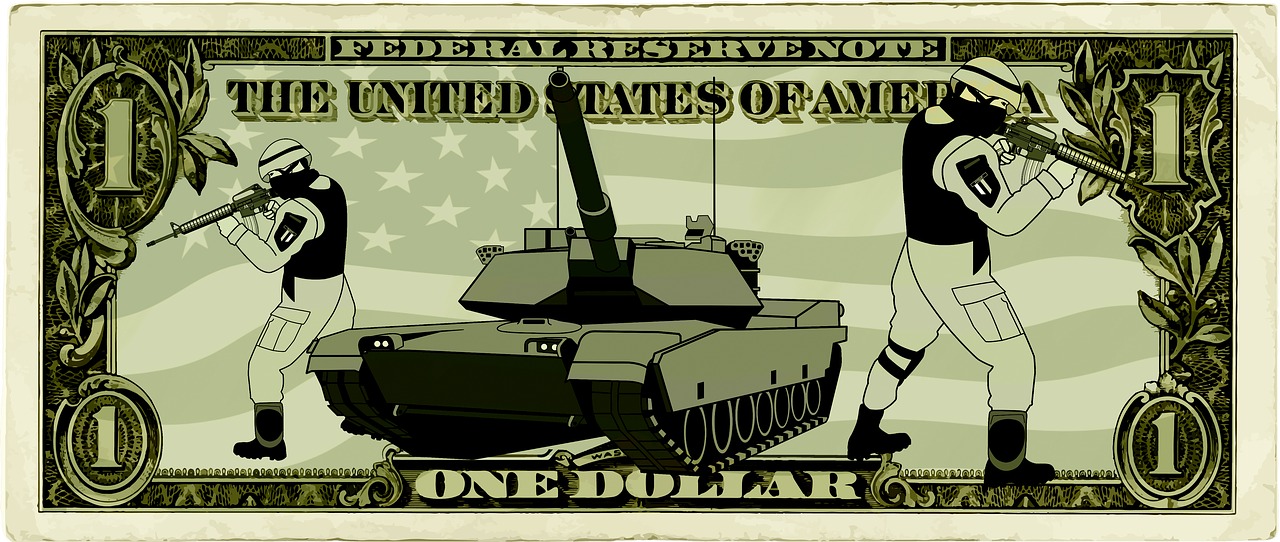In the strongest of the world we trust...

A reserve currency is a large quantity of currency maintained by central banks and other major financial institutions to prepare for investments, transactions, and international debt obligations, or to influence their domestic exchange rate. A large percentage of commodities, such as gold and oil, are priced in the reserve currency, causing other countries to hold this currency to pay for these goods.
The U.S. dollar became the dominant global reserve currency after World War II, due in part to the strength and stability of the U.S. economy. The U.S. dollar was also chosen as the currency for many international transactions, such as the sale of oil, because it was seen as a stable and reliable means of exchange.
In 1944, the Bretton Woods Agreement was signed, establishing a system of fixed exchange rates in which the U.S. dollar was pegged to gold at a rate of $35 per ounce. This effectively made the U.S. dollar the world’s reserve currency, as other countries pegged the value of their currencies to the U.S. dollar.
Over time, the U.S. dollar’s position as the world’s reserve currency has been reinforced by a number of factors. The U.S. is the world’s largest economy and has a deep and liquid financial market, making it an attractive place to hold financial assets. The U.S. is also seen as a politically stable country with a strong legal system, which further adds to the appeal of the U.S. dollar as a reserve currency.
As has been the case with all reserve currencies in the past, the US dollar is bound to experience inflation due to the debt-based monetary system and the increasing spending required to maintain its status as the world’s leading economic power.









